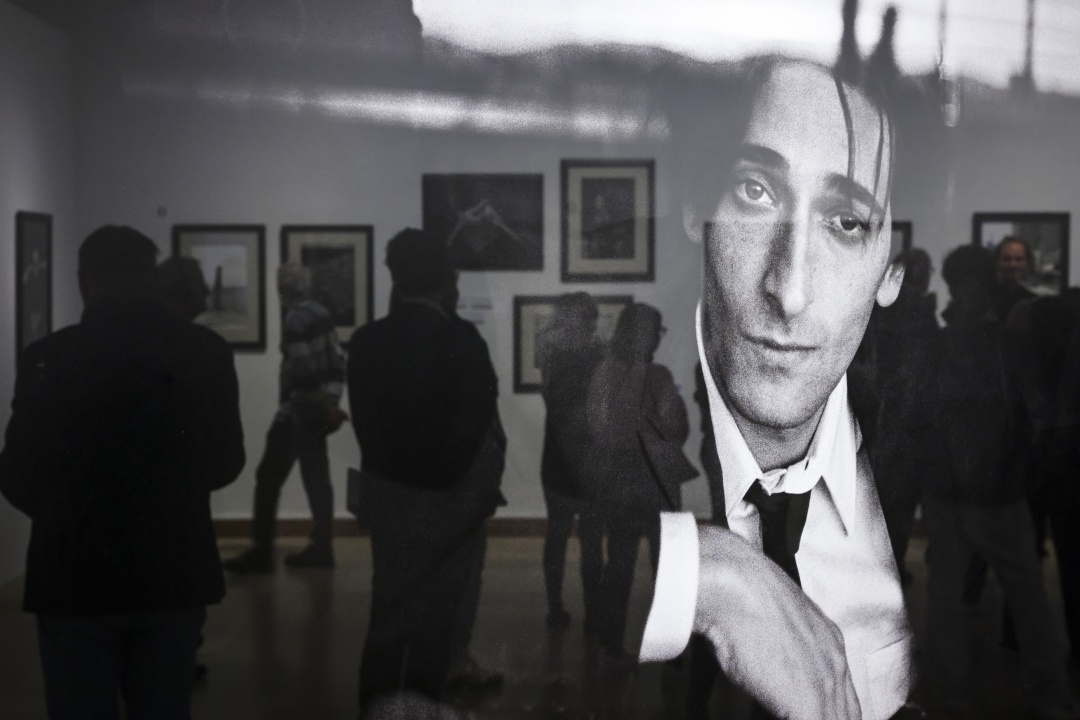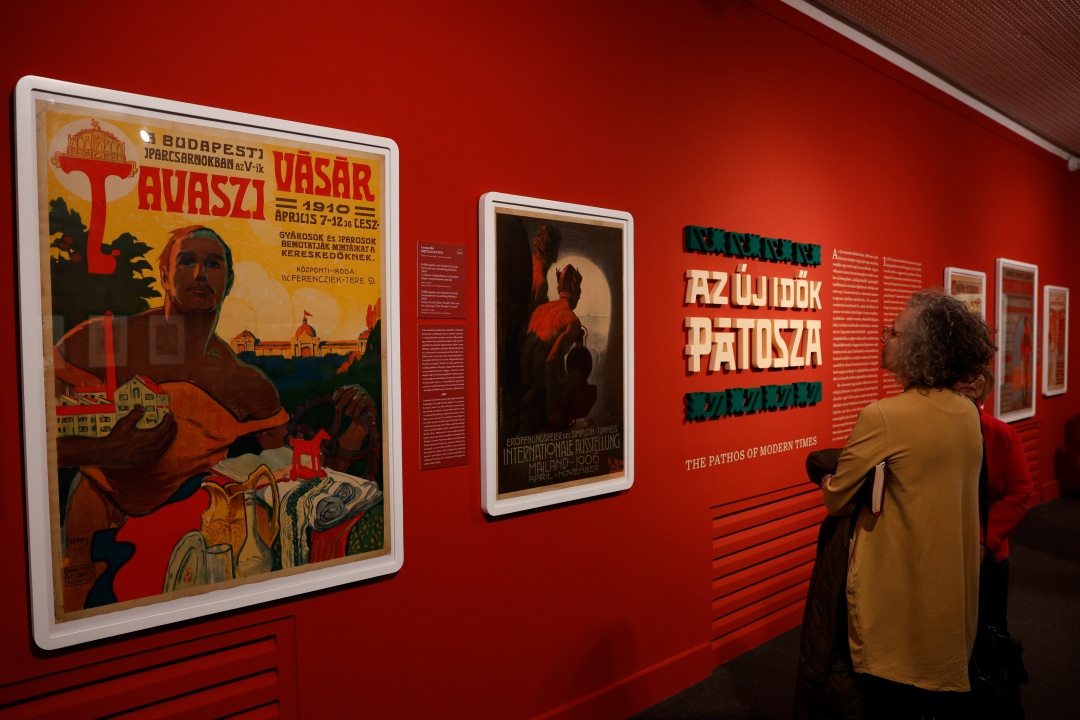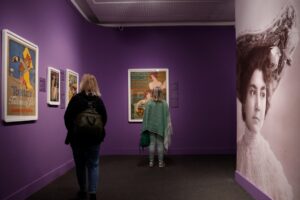
The Budapest Photo Festival and the Kunsthalle Budapest opens an exhibition of Peter Lindbergh’s photography career.Continue reading

An exhibition showcasing Hungarian poster art and material culture from the Art Nouveau (Secession) era will open on Friday at the Hungarian National Gallery.
Part of the Bartók Spring International Art Weeks, the exhibition titled The Art of Life – Art Nouveau Posters and Material Culture of the Hungarian Secession (1895–1914) features not only masterpieces of poster art and advertising graphics, but also highlights the material culture of the turn of the 19th and 20th centuries.
Visitors can view over 200 artifacts: books, magazines, applied art objects, ceramics, and furniture.
Annamária Vigh, Deputy Director General of the Museum of Fine Arts and the Hungarian National Gallery, said the aim of the exhibition is to place the spotlight on the genre of posters, especially since Hungarian poster art during the Austro-Hungarian Monarchy produced work of lasting international significance.
Art Nouveau was the first comprehensive modern art movement that aimed to leave its mark on every aspect of life, from buildings and furniture to the many objects of applied art, Vigh emphasized. She added that
the exhibition reveals a unique, novel urban world, as the displayed items reflect the world of theaters, cabarets, baths, and various sports events.
The artworks are primarily from the Hungarian National Gallery’s poster collection, but loans also came from the National Széchényi Library, the Museum of Applied Arts, and the Kiscell Museum, she noted. Károly Mátrai, CEO of MVM group (Hungarian Electrical Works Private Limited Company), pointed out that the Second Industrial Revolution, which brought significant changes in energy production, gave artists new opportunities—not only to “play” with natural light but also to utilize artificial light through public lighting.

Photo: MTI/Kocsis Zoltán
Anikó Katona, the curator of the exhibition, highlighted that around 120 posters are on display, by artists such as József Rippl-Rónai, János Vaszary, and Károly Ferenczy. In addition to these renowned painters, specialized poster artists including Géza Faragó, Mihály Biró, Ferenc Helbing, and Márton Tuszkay are also featured.
She added that the exhibition presents the evolution and Hungarian beginnings of the poster genre in an international context, featuring works by poster art legends like Alfons Mucha, Gustav Klimt, Henri de Toulouse-Lautrec, and Koloman Moser.
The poster emerged in the late 19th century on the streets of Paris and London as a new genre of urban culture—an expression of metropolitan life and a result of mass production and consumption. Posters were thoroughly modern phenomena: tools of advertising that simultaneously defined themselves as high art, with unique aesthetics, outstanding creators, and devoted fans.
The displayed posters advertise a wide variety of subjects—from newspapers and theaters to cabarets, nightclubs, and commercial products—thus evoking the era in which they were made. The exhibition also offers glimpses into bourgeois homes, the urban nightlife of the turn of the century, the atmosphere of cafés, women’s fashion and habits of the era, popular leisure activities, visits to thermal baths, and grand balls.
Women are one of the most prominent motifs in the posters, depicted in various roles from confident cosmopolitan ladies to ethereal muses.
The exhibition, which runs until October 5, and is accompanied by a bilingual Hungarian-English catalog, is supported by key professional partners such as the Hungarian National Museum’s Public Collection Center, the National Széchényi Library (OSZK), the Museum of Applied Arts, and the Budapest History Museum’s Kiscell Museum. The main sponsor is the MVM Group.

The Budapest Photo Festival and the Kunsthalle Budapest opens an exhibition of Peter Lindbergh’s photography career.Continue reading
Via MTI; Featured picture: MTI/Kocsis Zoltán
Array
(
[1536x1536] => Array
(
[width] => 1536
[height] => 1536
[crop] =>
)
[2048x2048] => Array
(
[width] => 2048
[height] => 2048
[crop] =>
)
)